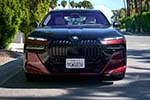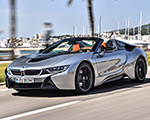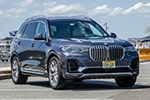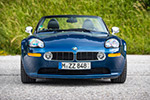BMW is celebrating 50 years of the 3 Series in 2025, creating a great opportunity to revisit key moments in the 3er’s history. One pivotal chapter dates back to 1984, when prototype engineer Max Reisböck took it upon himself to transform an E30 into a more practical wagon. While BMW had previously offered a Touring model, the 2002 Touring from the early 1970s was actually a hatchback. With no true wagon in the lineup at the time, Reisböck decided to build one entirely on his own.
In a video posted to BMW’s official social media accounts, Reisböck explains how the 3 Series E30 Touring came to be. His concept was simple yet clever: move the C-pillar to the back of the car. Easier said than done, as the vehicle required a rear windscreen, something BMW didn’t offer, since the model didn’t officially exist. Fortunately, the rear glass from a Volkswagen Passat was compatible with the prototype. As for the quarter glass, it came from an E30 Coupe and was adapted to match the car.
Reisböck started with a damaged 323i sedan and spent six months converting it into a wagon. Beyond extending the roof and installing new glass, he fabricated a rear hatch using leftover body parts. Once the build was complete, he brought the car to BMW for review.
His supervisor spent half an hour inspecting the custom long-roof before declaring, “This vehicle is no longer leaving BMW.” Within three months, the company greenlit a production version that stayed remarkably true to the prototype. The most significant change was a longer tailgate to improve cargo access.
By 1987, the production of the 3 Series Touring was launched. BMW went on to build over 104,000 units before ending production in 1993. By then, the larger 5 Series Touring (E34) had already been on the market for around three years. Fast-forward to 2025, and both wagons remain part of BMW’s lineup, despite the dominance of SUVs.






































































